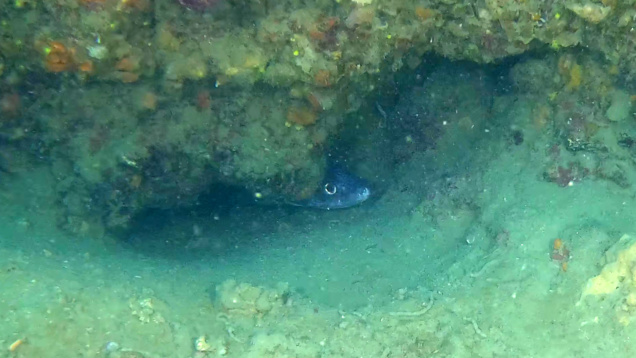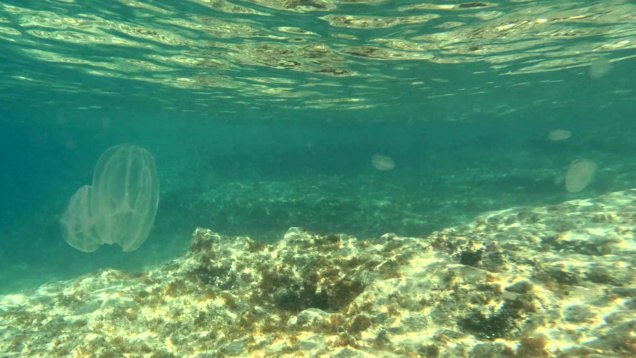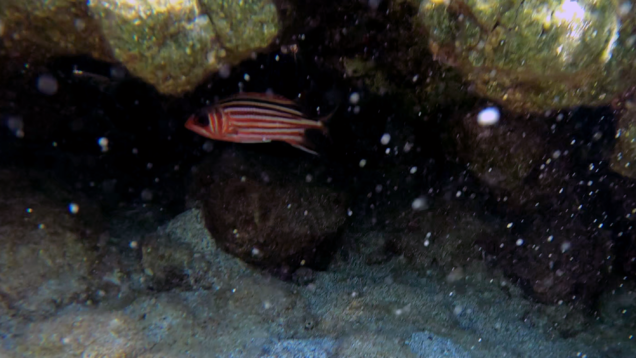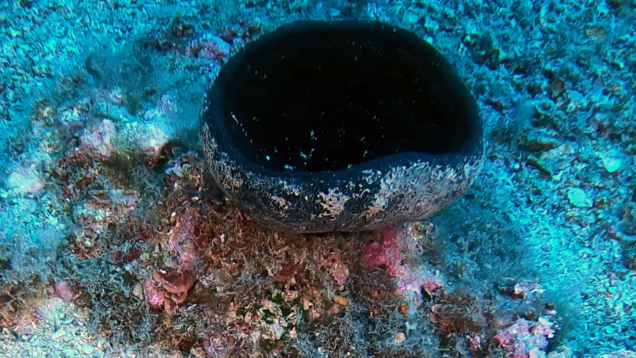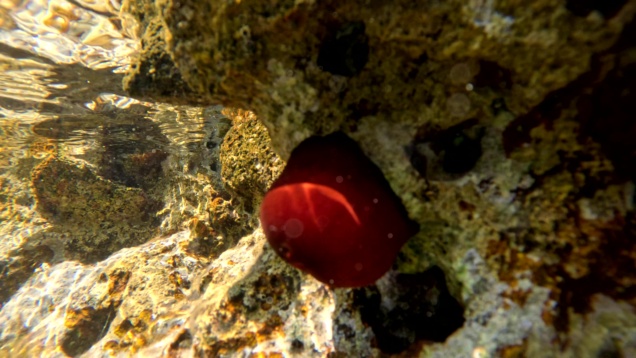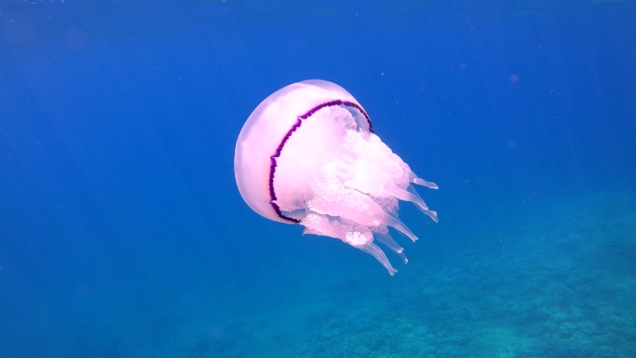European conger
Common conger is a bony sea fish belonging to the Congridae family. Here we see it in its lair at a depth of about 52 metres, on a muddy seabed at the base of a beautiful vertical wall, even a few meters high, of rock and coral. As we see, the wall is colonized by many Mediterranean organisms such as sponges, corals and gorgonians, full of caves and ravines where these fish seek shelter during the day and food during the night. ...




